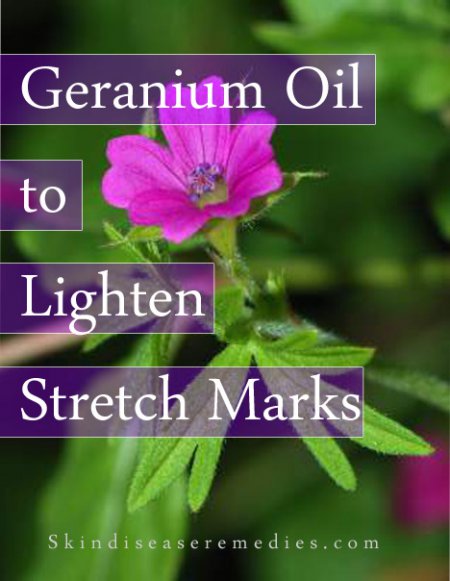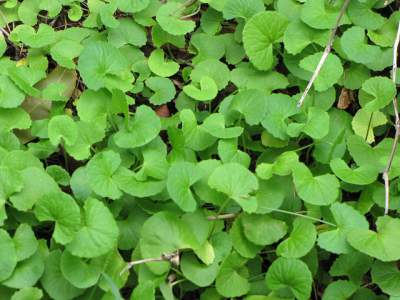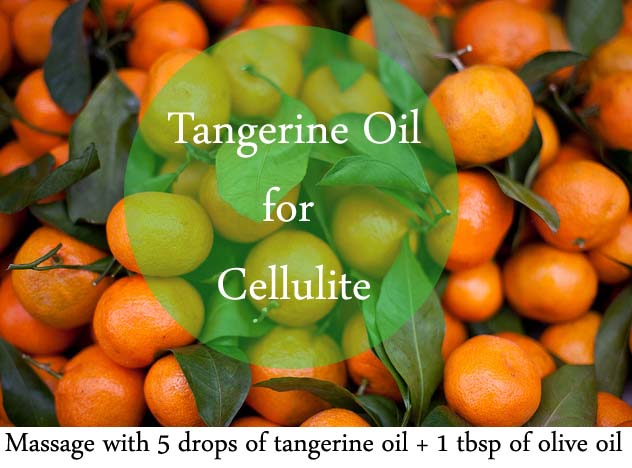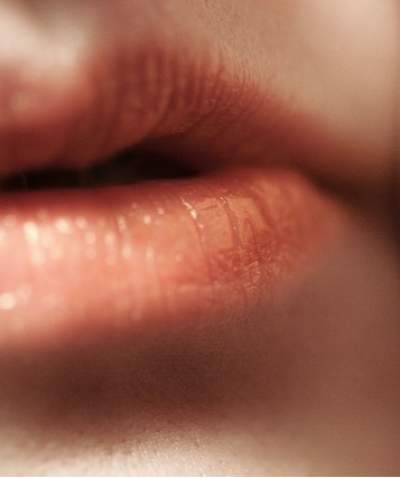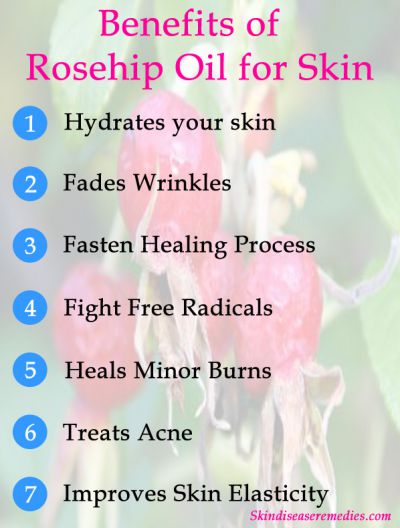
Often cellulite is referred as cottage cheese, mattress or orange peel. Fat deposits on thighs, legs and butts, but it isn’t associated with any serious health ailment. However, it’s embarrassing and uncomfortable for few people. Anecdotal reports show that gotu kola for cellulite can flush the dreaded fat.
About 90 percent of women will have this excess fat pockets in some point of their life. It’s related with weight gain or loss; fat bumps may appear even on skinny girls.
Main culprits of cellulite are: hormonal imbalance, genetics, unhealthy diet and your lifestyle. Due to these factors, fat gets accumulated between connecting skin (dermis) and muscle giving a bumpy look on outer layer of the skin. Regularly massaging with essential oil and exercise can reduce this fat accumulation.
Why women get more cellulite than men?
Epidermis, dermis and subcutaneous tissue in men are thicker, so the fat doesn’t pucker.
How Gotu Kola for Cellulite Works?
For thousands of years gotu kola (Centella asiatica) had extensive use in treating ailments in India, China and Indonesia. Nutrients in this herb can effectively reduce chronic skin conditions like psoriasis and leprosy.
- Triterpenoids are the active components in gotu kola that can tighten skin, improve blood circulation, boosts antioxidants and enhance collagen production. (1)
- Antimicrobial effect protects you from pathogens.
- Assorted properties in this herb aid to flush toxins that may damage skin cell membrane.
- By improving blood circulation and enhancing connective tissue structure, this herb efficiently removes cellulite.
- Topically application of this herbal oil will reduce stretch marks and fade scars.
- Other benefits of gotu kola include relief from anxiety, healing wounds, treats venous insufficiency and insomnia.
A study carried out to check the effectiveness of gotu kola in treating cellulite. Patients were given 60mg of gotu kola for 90 days. A whopping 70 percent of patients showed improvement in cellulite condition.
Gotu kola herb is available in different forms, including dried leaves, tincture, standard extract and capsules.
Research states that products with gotu kola extract (topically or internally) can effectively treat ailments. You can either take capsules as prescribed by physician or consider using dried leaves.
Brew tea using dried leaves of gotu kola to treat cellulite. Have it 2-3 times a day. (Source: University of Maryland Medical Center). For tincture, dosage level is 30 to 60 drops thrice a day. (Take 2 week break before taking the herb again)
Important Note: People with liver disease shouldn’t try this herb. A component in gotu kola has been linked with tumor in mice. So consult physician before taking this herb.

